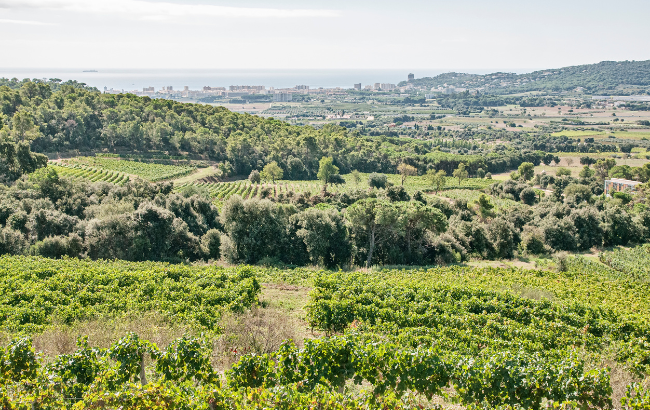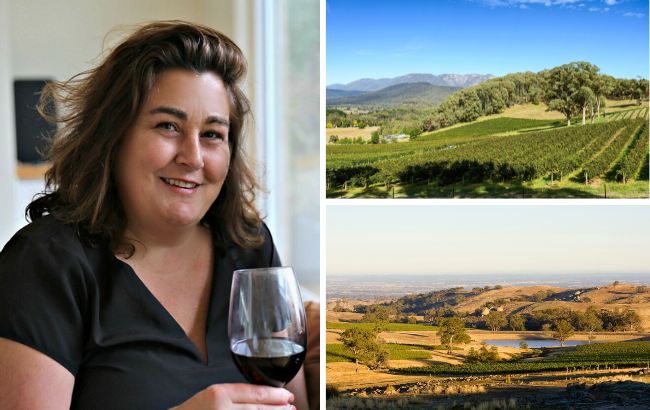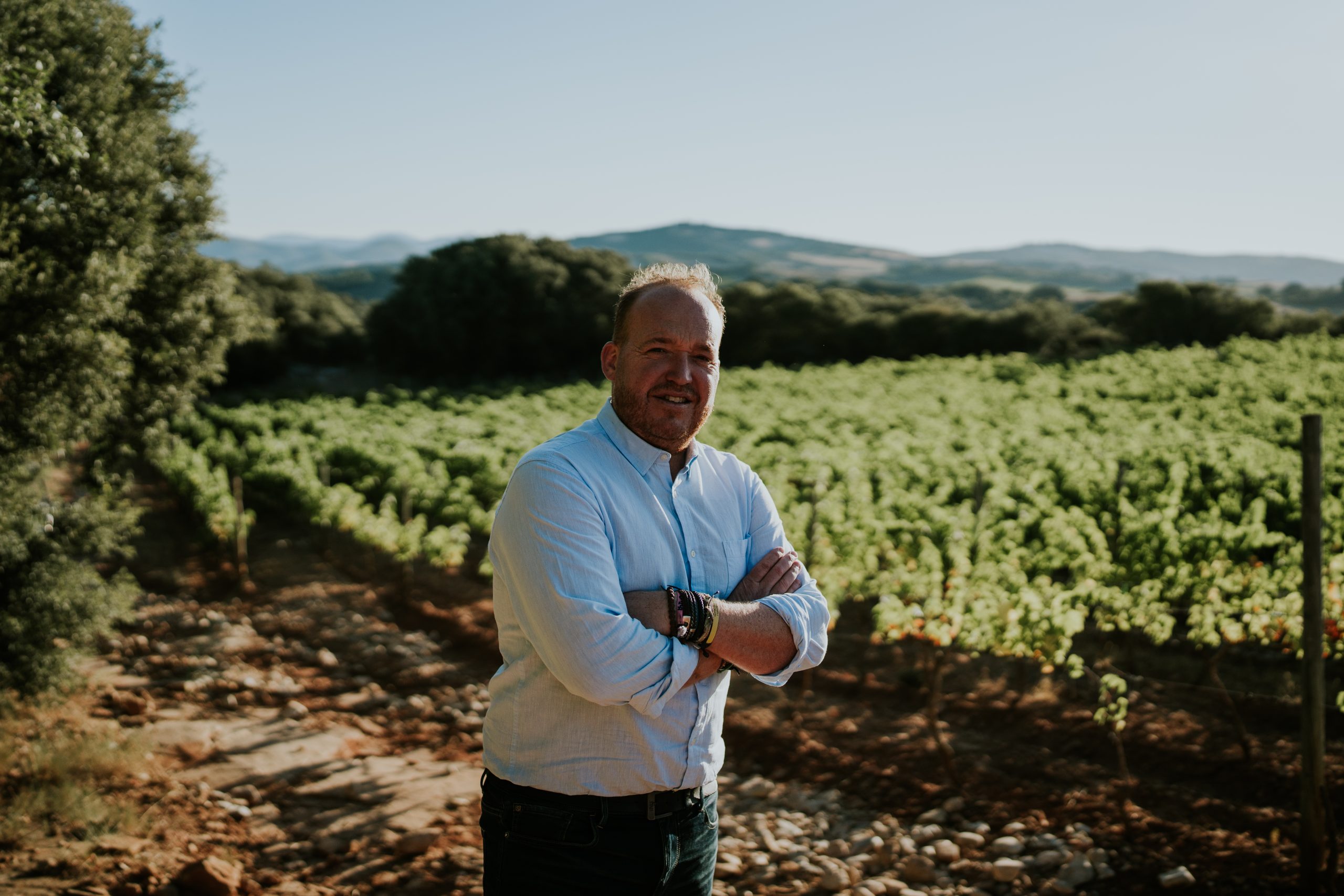This website uses cookies so that we can provide you with the best user experience possible. Cookie information is stored in your browser and performs functions such as recognising you when you return to our website and helping our team to understand which sections of the website you find most interesting and useful.
California slams wine shortage claims
By Neal BakerThe body representing the Californian wine trade has hit back at a report which suggests the damage to vineyards caused by wildfires last year has led to a worryingly low-yielding 2015 vintage.
A Sonoma County vineyard (Photo: Wiki)
The Guardian US ran a story on Monday that said smoke taint had so severely affected Californian grape-growing areas struck by wildfires in 2015 that stock levels would be threatened and wine prices could spike as a result.
It also said wineries in Napa and Sonoma “look north to Lake County for cheaper grapes”, but that smoke damage here in 2015 has led to a reduction in the amount of available fruit for blending, apparently paraphrasing a Wine Institute statement. The trade body has robustly denied this.
“We find this story completely out of context and inaccurate”, a Wine Institute spokesperson told db.
“Looking through our log of media calls and checking with our staff, we never spoke to the Guardian or would give out this erroneous information.”
Record-high harvests in 2012, 2013 and 2014 coupled with an 11% rise in vineyard acres in California since 2010 mean that stock levels are not an issue, WI said.
While it warned 2015’s harvest figure is expected to be proportionally lower, the increase in grape acres is still “estimated to be high”.
Partner Content
Lake County – the area most damaged by wildfires in 2015 – accounts for less than 1% of California’s total winegrape crush compared to Napa’s 4% according to the California Dept of Food & Agriculture. It is therefore unlikely the latter’s production levels would be badly affected this year.
Meanwhile, WI argue the damage of smoke taint in the Lake County area has been overplayed. In October last year, the Institute quoted Six Sigma winemaker Matt Hughes who, while admitting 2015 has “easily been the most challenging harvest to date”, said smoke damage in the region was much lower than feared.
“One of the major concerns was the possibility of smoke taint and I’m happy to report that after talking with many other growers and winemakers, not one test result or sensory assessment has shown a perceptible level of taint,” he said.
As for rising prices, the Institute spokesperson said: “With the recent large harvests, it doesn’t make sense to suggest increase in prices due to short supply”, continuing that any price rises this year would be in-line with a consumer-led trend towards premium wines.
“Wineries are responding to this demand for upscale products and are offering a huge diversity of wine types and prices”.






Correct. The smoke damage was minimal as the fruit had already sized (smoke earlier in he season as the fruit is sizing has a much better chance of “tainting” the fruit) . The original article claiming “shortage” due to “smoke taint” was placed by individuals with a clear economic interest in perpetuating the myth of a grape shortage…one of which is the biggest grape grower in lake County with 120,000 gallons bulk ’15 Cabernet on the market…the other is another large vineyard owner and head of the local grower group. Hardly good journalism here to only base a an article on two quotes from vested interests – pathetic actually. The fact is California has had three record harvests (’12,’13,’14) and ’15 will come in short but only by recent estimates…historically (over a 10 year period) it will still be considered a good sized and bountiful harvest. Perusing the bulk market is my life and I have yet to come across a smoke tainted wine from Napa or Lake County from the 2015 vintage.
Cameron Hughes is correct in every way. The fires, devastating as they were, were much too late to cause widespread smoke taint like 2008. Furthermore, winemakers ALL are aware that companies such as mine can successfully remove the smoke taint character without harming the wine. So to speculate about a shortage seems like yellow journalism to put it mildly. This is a non-story if ever there was one.
better get this correction out to all of the news media outlets because it’s all over the radio this morning.
kcbs reported what the guardian said.
I hope you can get this correction out to all of the news media outlets because it’s all over the radio this morning.
KCBS reported what the guardian said a few hours ago.